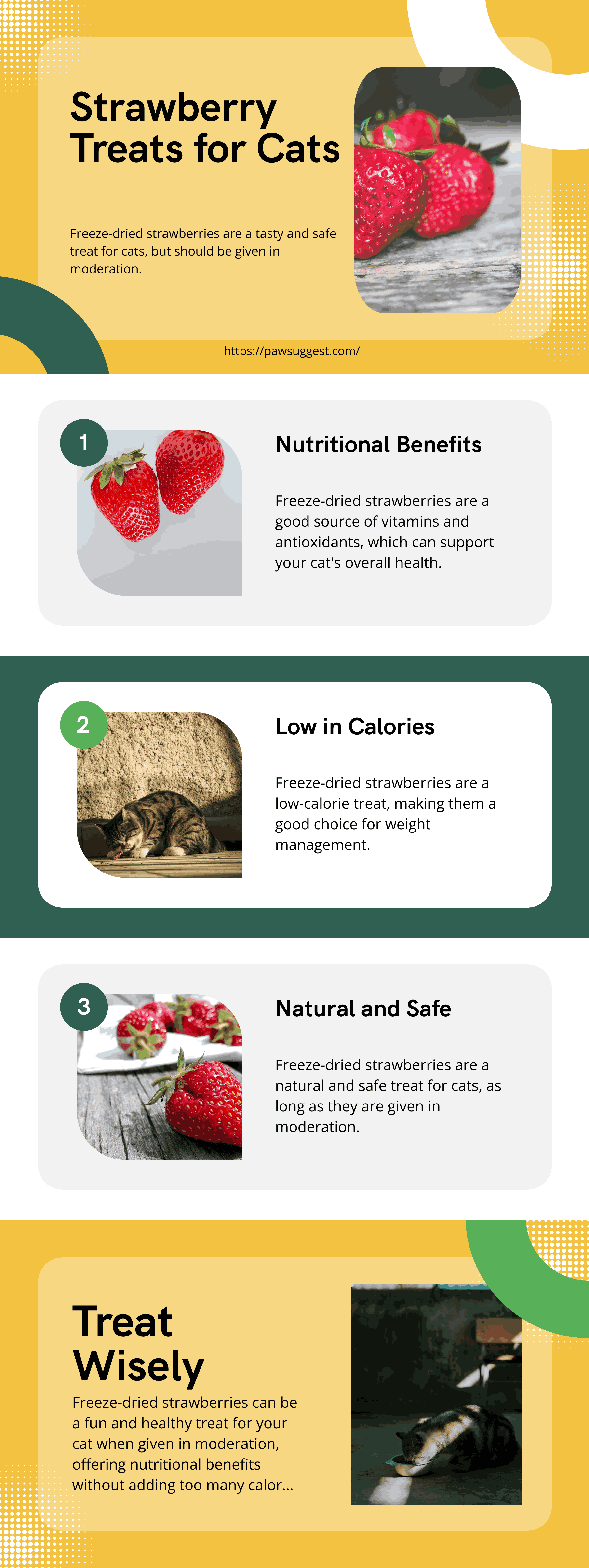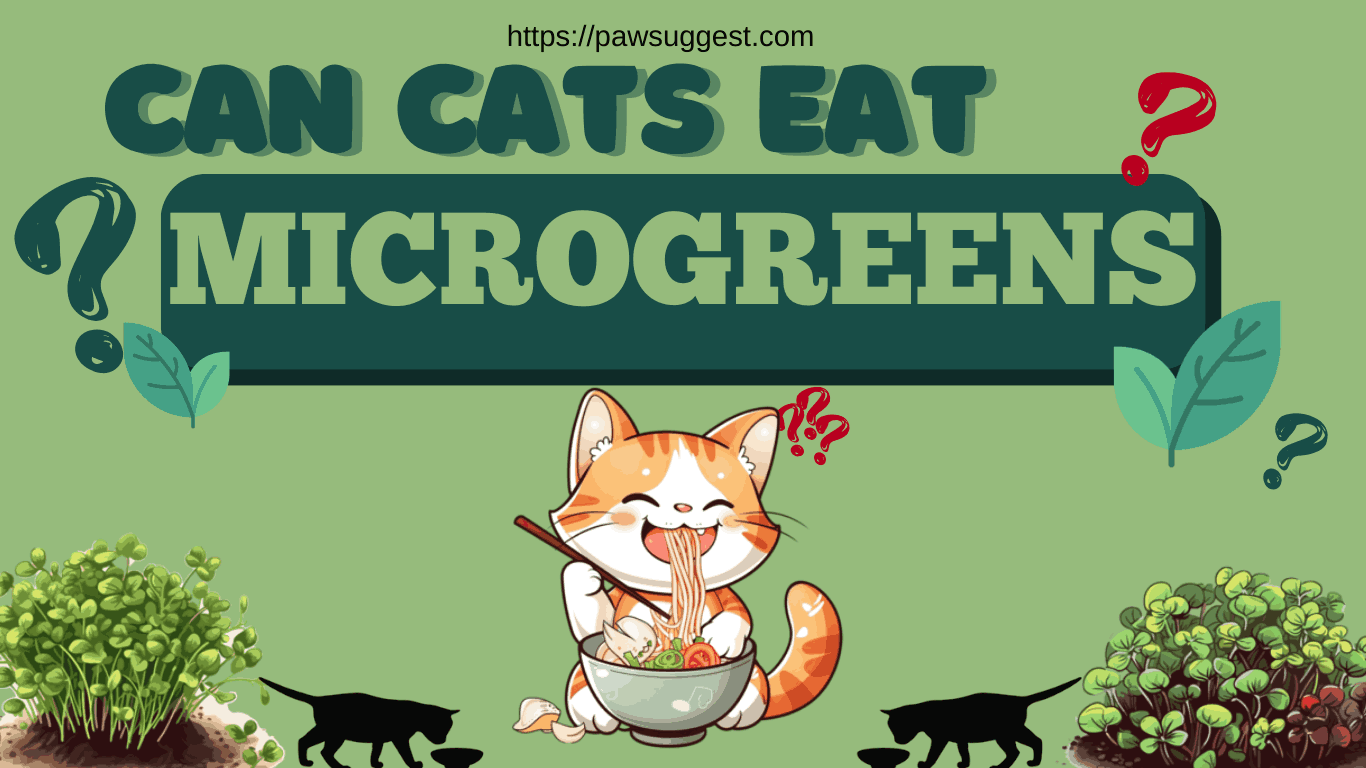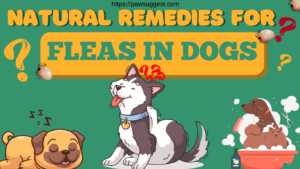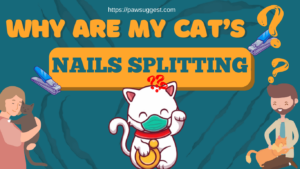
Turnips are packed with vibrant benefits like vitamins A and C, making them a good source of fiber for cats. These leafy greens can be eaten in moderation and are generally considered safe when prepared properly.
- Cats may nibble on plants like turnips due to curiosity or for digestive relief, but not all plants are safe.
- The white turnip (brassica rapa) is a safer choice, but always monitor your cat’s reactions for any sensitivities.
Avoid adding ingredients like bacon or using harmful items like broccoli when preparing dishes like tomato soup for cats. Overfeeding can cause gastrointestinal upset, so stick to recommended serving suggestions to prevent issues.
Sharing greens responsibly can be a great way to bond with your pet without the guilt of unhealthy snacks.

Can Cats Eat Turnips? (Short Answer)
[su_note note_color=”#72E8E1″ radius=”18″]Can Cats Eat Turnips? Yes, cats can eat turnips in small, cooked, or mashed portions like ½ tbsp or 1/8 cup. Turnips are non-toxic, providing fiber, vitamins, and antioxidants. However, overfeeding may cause stomach upset, and it should be avoided in cats with thyroid issues. Always monitor for reactions and consult your vet for safety.[/su_note]
Can Cats Eat Turnip Greens and Prairie Turnips?
Cats are curious creatures, and they often nibble on plants like radishes, turnip greens or even a prairie turnip. These leafy greens are considered non-toxic, making them a safe option for your feline friend.
Packed with vitamins A, C, K, calcium, and fiber, they can be a healthy snack when fed in moderation. However, introducing new plants to your pet’s diet requires caution.
Overeating can lead to stomach upset, affecting their safety and well-being. Always monitor your cat’s interactions with greens and consult a veterinarian if you notice unexpected reactions.
From experience, my cat once showed interest in a dish of ramen noodles for cats, but then I saw my cat eating scallops instead.
Like humans, every cat has its preferences, so watch for what they enjoy while keeping their diet balanced.
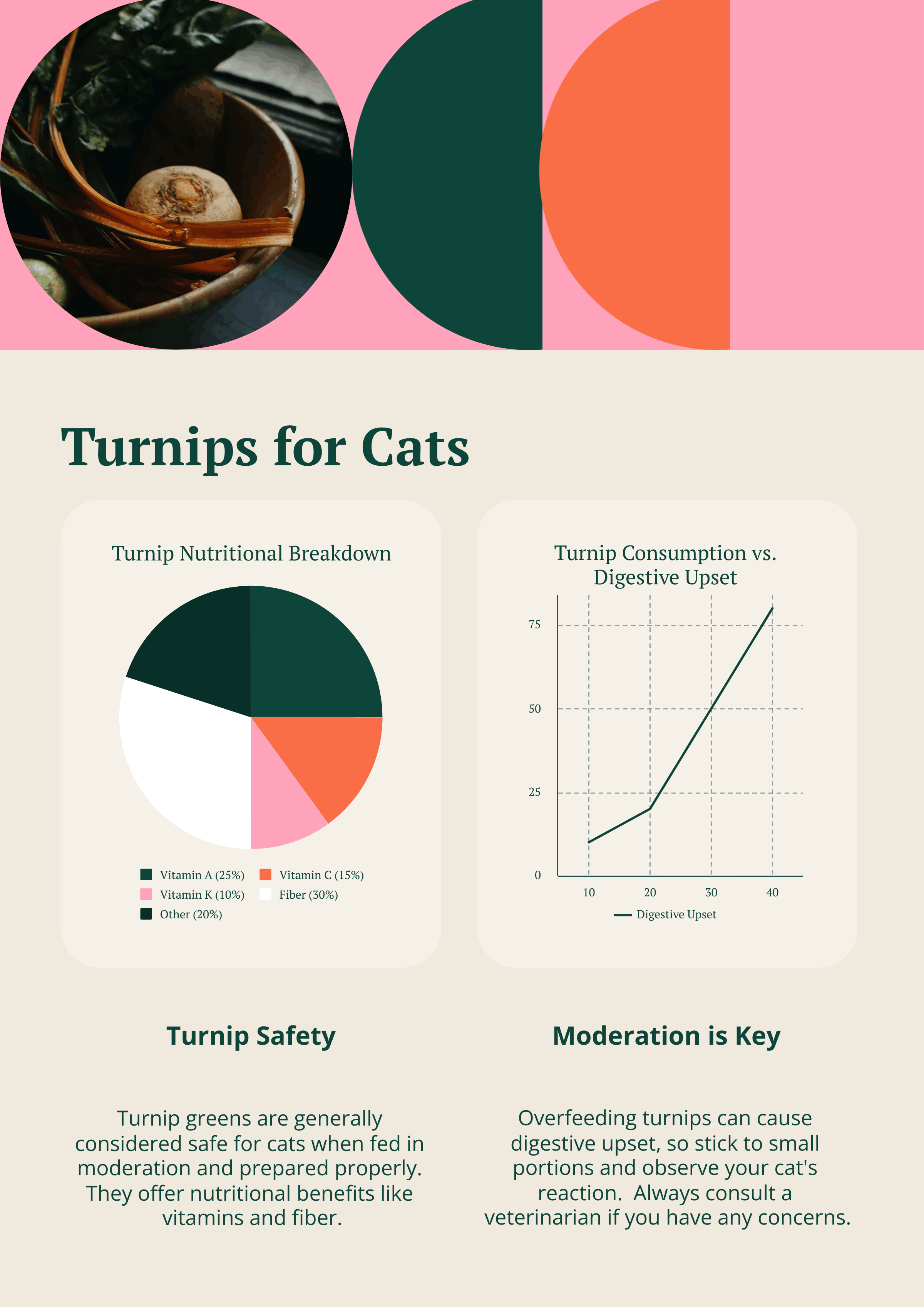
Potential Benefits of Turnips for Cats
Cats are obligate carnivores, so their diet mainly consists of meat. However, cooked turnip in small amounts, plain and without seasonings or additives, can be a safe treat.
Always introduce new foods gradually and watch for adverse reactions, consulting a veterinarian if you have any concerns.
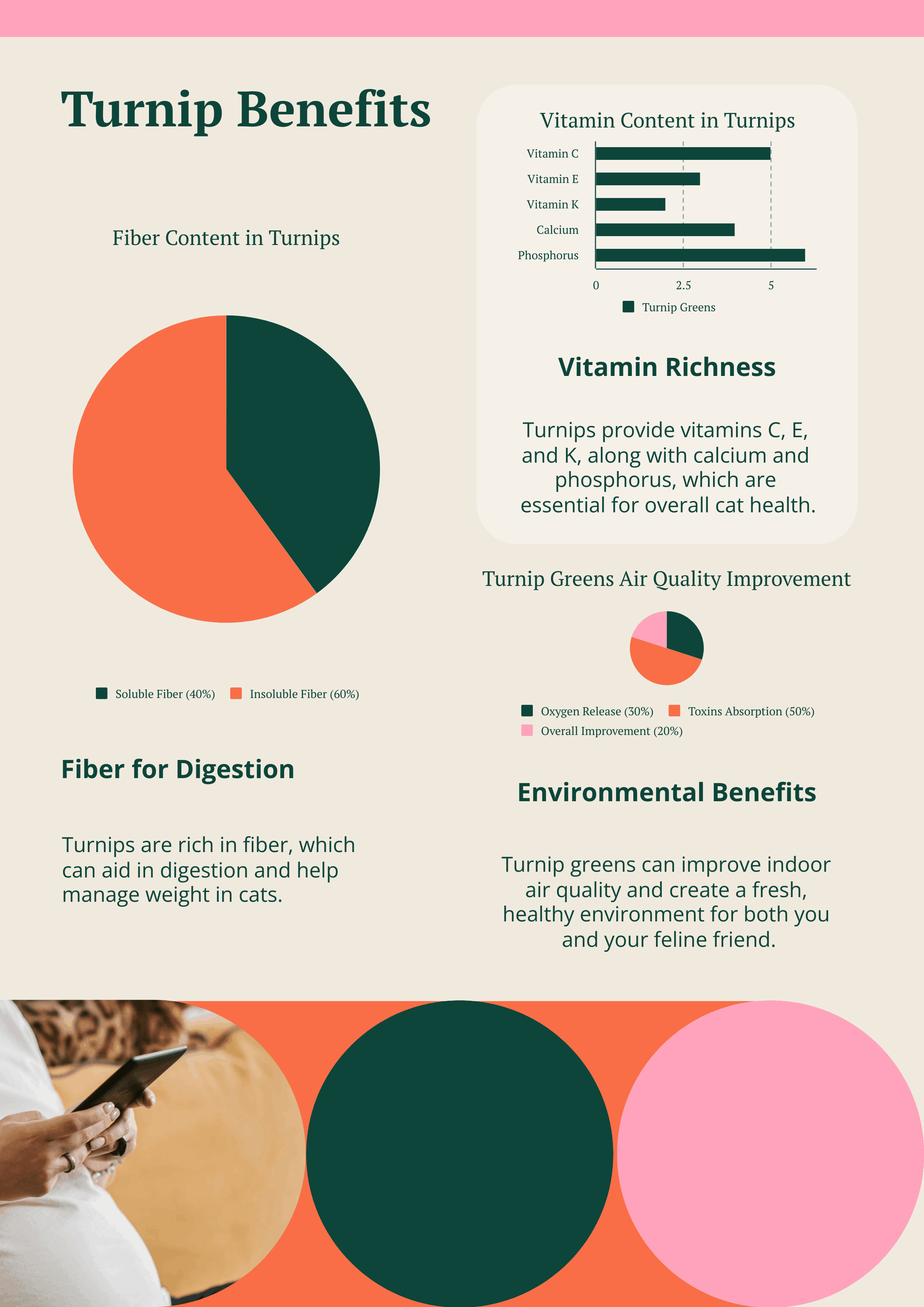
Nutritional Benefits of Turnips for Cats
Turnips, part of the Brassica family (like broccoli and cabbage), are packed with nutritional value:
- High in fiber to support digestion and manage diabetes or overweight cats.
- Contain vitamins C, E, and K, along with calcium and phosphorus.
- Essential for supporting bodily functions and promoting overall health.
Environmental and Extra Perks
Turnip Greens, with their leafy greens, can absorb toxins, release oxygen, and improve indoor air quality. Their vibrant, lush, green leaves create a lively atmosphere in your home, benefiting your cat’s well-being indirectly. Adding them to your home makes it fresher and healthier for everyone.
Personal Thoughts
As a pet enthusiast, I’ve seen how cats respond to variety in their diet. Even I’ve seen that my cat eats Croissants. Whether it’s Chicken Soup for cats or small portions of Turnip Greens, it’s essential to avoid butter-smothered versions.
Experimenting with safe vegetables like turnips can create a fun and healthy treat for your feline friend.
Risks of Feedings Turnips to Cats
Turnip Greens are considered non-toxic by major pet poison control centers and veterinary organizations, so you can breathe a little easier. But, as curious creatures, cats’ interactions with plants should always be monitored to avoid unexpected reactions that may affect their well-being.
Feeding turnips or parsnips in small amounts is crucial because too much can cause mild gastrointestinal upset, like vomiting or diarrhea. For cats with thyroid issues, avoid these vegetables altogether, as they might suppress thyroid function by blocking iodine absorption.
When introducing new foods, observe your cat’s behavior closely to spot any adverse reactions. A proactive approach helps you adjust their diet to their individual sensitivities, creating a happy, healthy environment at home, tailored to their unique needs.
Only Right Way to Feed Turnips to Your Cat?
When offering Turnips to cats, ensure they are cooked or raw, but always finely chopped or mashed for easy digestion. Serve small portions like ½ tbsp or 1/8 cup (equal to 1.1 to 4.4 calories). While they are low in calories and provide fiber, antioxidants, and vitamins B6 and C, only feed them infrequently to prevent digestive problems.
Cats with thyroid issues should avoid Turnips. These roots may block the body’s ability to absorb iodine, potentially suppressing thyroid function. Offering small amounts ensures safety, keeping your feline friend healthy.
Turnip Greens and Plant Safety
Growing Turnip greens requires care to keep them thriving and less attractive to curious cats. Regular pruning and proper watering with sufficient light help maintain their health. These steps promote healthy growth and prevent cats from nibbling on your plants.
To deter your cat from plants:
- Use deterrent sprays with citrus scents, as cats often dislike them.
- Provide cat-safe alternatives, such as Spider plants or Boston ferns, to satisfy their curiosity.
- Elevate plants on shelves or block access with baby gates or closed doors.
Monitoring Cat Behavior
Cats may explore Turnips due to their wild ancestors’ habit of eating plants for digestive relief. Watch for signs like vomiting, diarrhea, or excessive drooling, as these indicate your cat’s system is rejecting the plant.
Redness or swelling could signal skin irritation, so act quickly if symptoms appear. Ultimately, if feline’s body doesn’t accept turnips you have to go back to its natural diet like chicken even canned one would be alright.
Safety Tips and Alternatives
Offer cat-safe plants like cat grass to redirect their attention and keep Turnips out of reach. Create safe spaces by elevating plants or using closed doors to protect both your greenery and your furry family member. Always keep your vet’s number handy to ensure quick action if needed.
Final Takeaway
Can Cats Eat Turnips? Yes, but with caution:
- Feed small portions like ½ tbsp or 1/8 cup, ensuring they’re cooked or mashed for easy digestion.
- Avoid overfeeding to prevent gastrointestinal upset or issues for cats with thyroid problems.
- Always monitor for adverse reactions and consult your vet to ensure your cat enjoys turnips safely.
FAQs
Is turnip ok for cats?
Feeding turnip or its greens to cats has no benefits, as the oxalic acid in them may lead to gastric upset. While a human companion may seek foods to enrich a cat’s diet, turnips are not safe.
What is the healthiest vegetable for cats?
Cat owners can offer recommended vegetables like baked carrots, steamed asparagus, or broccoli, along with green and black beans, winter squash, and chopped greens. Always wash veggies thoroughly and avoid uncooked options, as well as sugar (except for fruits like strawberries), salt, oil, butter, or other seasonings that may be harmful.
Is bitter gourd toxic to cats?
The bitter gourd contains cucurbitacins, toxic compounds that can wreak havoc on a cat’s digestive system. These cytotoxic substances, found in high concentrations, act as a defense mechanism in plants to deter pests, but in the feline body, they may cause stomach ulcers.


